What Are The Best Foods That Burn Belly Fat?
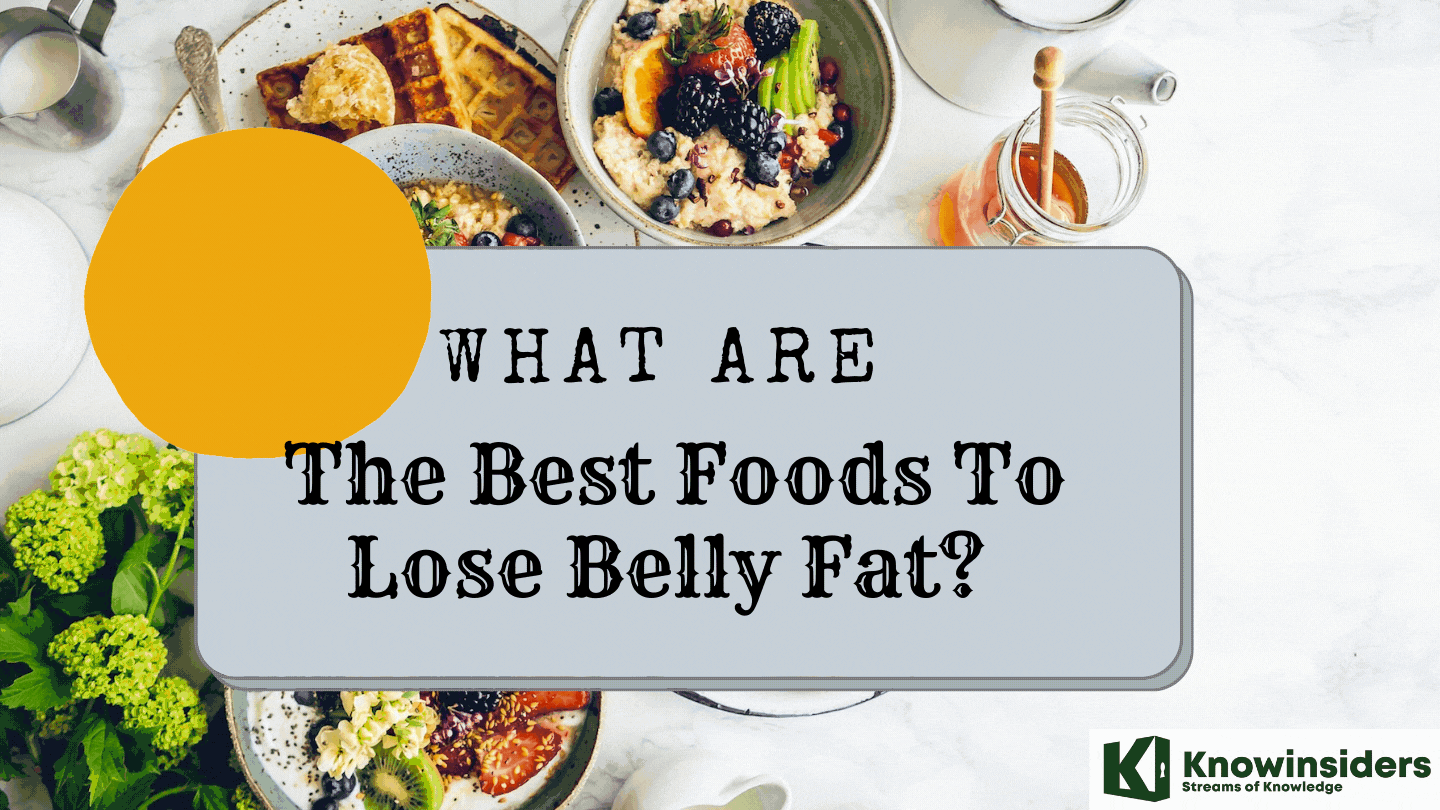 |
| What Are The Best Foods That Burn Belly Fat? |
Getting rid of belly fat isn’t just a cosmetic desire, it’s necessary for better health. Belly fat is one of the most dangerous areas to store fat. In fact, belly fat increases the risks of premature death even for those at a healthy weight. In the battle of the bulge, belly fat is an especially tough opponent. But there are actually a number of foods that are great for your taste buds and your waistline. They help you fight belly fat. And you may find this hard to believe, but they're so delicious, you probably already eat them!
Take a look at these best foods and diet that help you burn belly fat, and how to control your weight by following a right diet.
Visceral fat is more of a health concern than subcutaneous fat
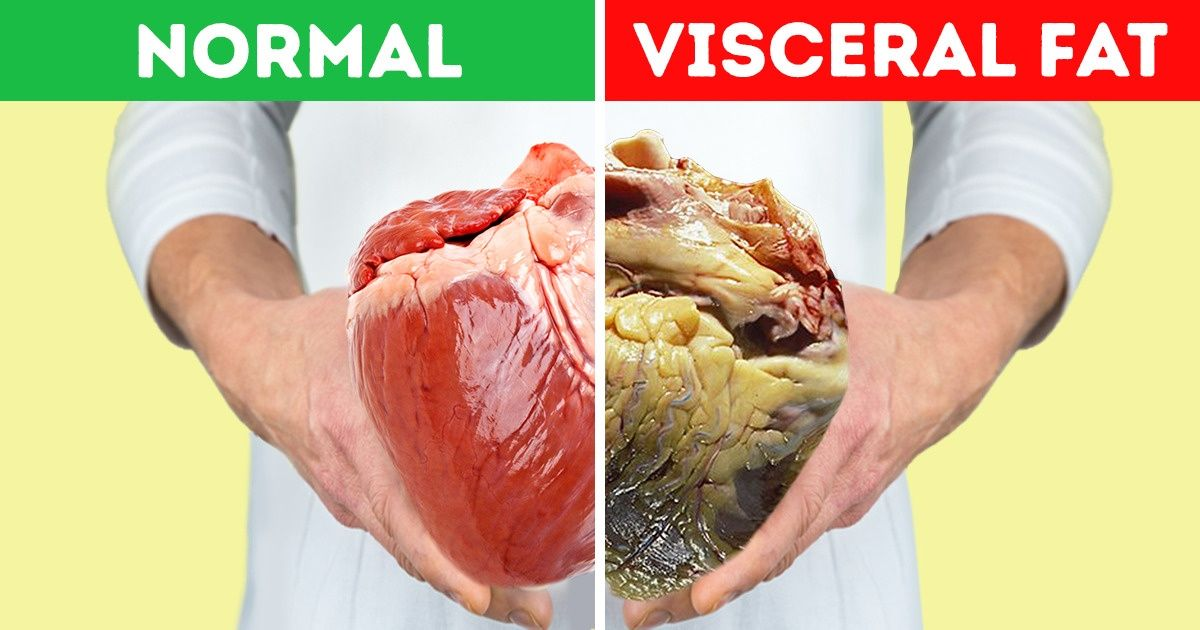 |
| Photo: Brightside |
Though the term might sound dated, "middle-age spread" is a greater concern than ever. As people go through their middle years, their proportion of fat to body weight tends to increase — more so in women than men. Extra pounds tend to park themselves around the midsection.
At one time, we might have accepted these changes as an inevitable fact of aging. But we've now been put on notice that as our waistlines grow, so do our health risks. Abdominal, or visceral, fat is of particular concern because it's a key player in a variety of health problems — much more so than subcutaneous fat, the kind you can grasp with your hand. Visceral fat, on the other hand, lies out of reach, deep within the abdominal cavity, where it pads the spaces between our abdominal organs.
Visceral fat has been linked to metabolic disturbances and increased risk for cardiovascular disease and type 2 diabetes. In women, it is also associated with breast cancer and the need for gallbladder surgery, according to Harvard Health Publishing.
Research suggests that fat cells — particularly abdominal fat cells — are biologically active. It's appropriate to think of fat as an endocrine organ or gland, producing hormones and other substances that can profoundly affect our health. Although scientists are still deciphering the roles of individual hormones, it's becoming clear that excess body fat, especially abdominal fat, disrupts the normal balance and functioning of these hormones.
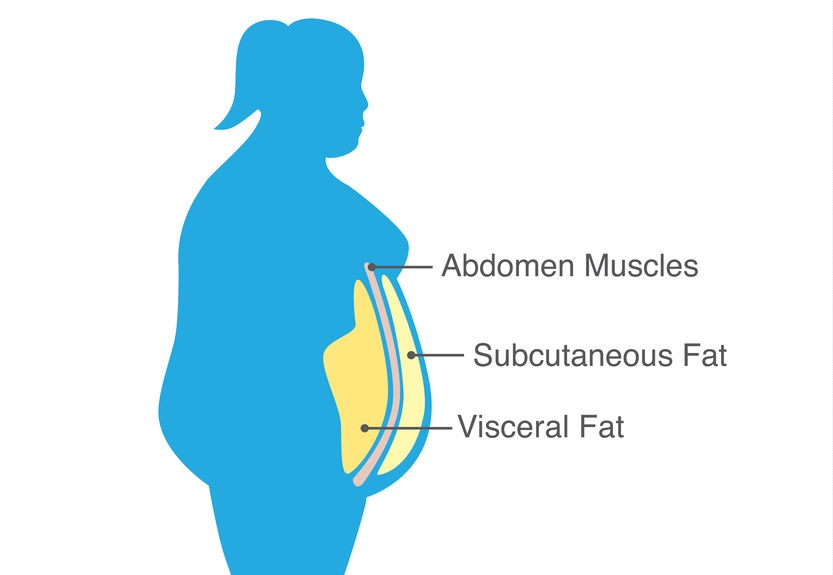 |
| Photo: EndocrineWeb |
Scientists are also learning that visceral fat pumps out immune system chemicals called cytokines — for example, tumor necrosis factor and interleukin-6 — that can increase the risk of cardiovascular disease. These and other biochemicals are thought to have deleterious effects on cells' sensitivity to insulin, blood pressure, and blood clotting.
One reason excess visceral fat is so harmful could be its location near the portal vein, which carries blood from the intestinal area to the liver. Substances released by visceral fat, including free fatty acids, enter the portal vein and travel to the liver, where they can influence the production of blood lipids. Visceral fat is directly linked with higher total cholesterol and LDL (bad) cholesterol, lower HDL (good) cholesterol, and insulin resistance.
What causes belly fat (according to Medical News Today)
 |
| Photo: Getty Images |
1. Poor diet
Sugary food such as cakes and candy, and drinks such as soda and fruit juice, can:
- cause weight gain
- slow a person’s metabolism
- reduce a person’s ability to burn fat
Low-protein, high-carb diets may also affect weight. Protein helps a person feel fuller for longer, and people who do not include lean protein in their diet may eat more food overall.
Trans fats, in particular, can cause inflammation and may lead to obesity. Trans fats are in many foods, including fast food and baked goods like muffins and crackers.
The American Heart Association recommends that people replace trans fats with healthy whole-grain foods, monounsaturated fats, and polyunsaturated fats.
Reading food labels can help a person determine whether their food contains trans fats.
2. Too much alcohol
Consuming excess alcohol can cause a variety of health problems, including liver disease and inflammation.
A 2015 report on alcohol consumption and obesity found that drinking excess alcohol causes males to gain weight around their bellies, though study results in females are inconsistent.
3. Lack of exercise
If a person consumes more calories than they burn off, they will put on weight.
An inactive lifestyle makes it hard for a person to get rid of excess fat, particularly around the abdomen.
4. Stress
A steroid hormone known as cortisol helps the body control and deal with stress. When a person is in a dangerous or high-pressure situation, their body releases cortisol, and this can impact their metabolism.
People often reach for food for comfort when they feel stressed. Cortisol causes those excess calories to remain around the belly and other areas of the body for later use.
5. Genetics
There is some evidence that a person’s genes can play a part in whether they become obese. Scientists think genes can influence behavior, metabolism, and the risk of developing obesity-related diseases.
Environmental factors and behavior also play a role in the likelihood of people becoming obese.
6. Poor sleep
A 2013 study links weight gain to short sleep duration, which could lead to an excess of belly fat. However, causality cannot be inferred from this study.
Short duration of sleep is linked to an increase in food intake, which may play a part in the development of abdominal fat.
Not getting enough good sleep also may, potentially, lead to unhealthy eating behaviors, such as emotional eating.
Foods that cause belly fat you must avoid
 |
| Photo: Eat This, Not That |
1. Carb-dense foods
This may change the way you look at “good carbs” and “bad carbs” forever. Carb-dense foods can alter the balance of our gut flora, triggering inflammation. Foods are considered carb-dense if they have a high ratio of carb grams relative to their weight. A small potato, which many consider a bad carb, weighs 170 grams, but it’s mostly water; only about 23 percent of it is carbohydrate. A plain rice cake, by contrast, weighs only nine grams, but almost 80 percent of it is carbohydrate!
Found in: Bagels, bread (including whole-grain breads), crackers, pasta, cereals, white rice, pretzels. Some carbs are bad for your belly, but make sure that you never cut these carbs from your diet.
2. Unhealthy fats
Three types of dietary fat are linked to inflammation and thus contribute to excess belly fat: trans fats, saturated fats, and omega-6 fats.
Found in: Packaged foods (trans fats), processed and high-fat cuts of meat, full-fat dairy, some candy (saturated fat), corn oil, grape-seed oil, soybean oil, safflower oil, sunflower oil (omega-6 fats). Watch out for these silent signs that you're eating too much bad fat.
Trans fats are made industrially by “hydrogenating” vegetable oil in a process that involves bombarding it with hydrogen gas. This transforms the liquid unsaturated fats into solid or nearly solid saturated and trans fats.
The most common sources of trans fats include cakes, pies, frosting, creamy fillings, fried foods and cookies and biscuits made with shortening or margarine.
Oils that are “fully hydrogenated” become indistinguishable from saturated fats, and are treated as saturated fats by the body.
3. Processed meat
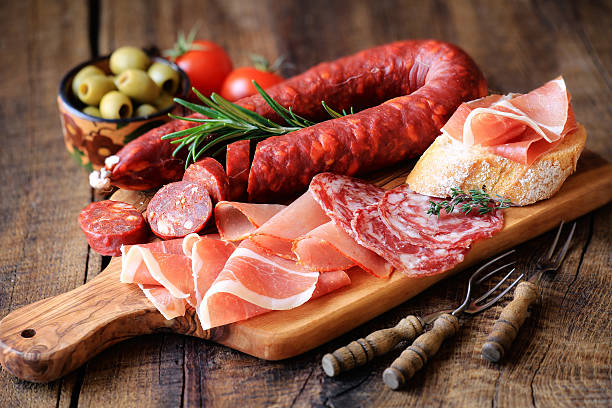 |
| Photo: iStock |
Processed meat is meat that has been treated in some way to preserve or flavor it through salting, curing, fermenting, and smoking, says Doyle. Think bacon, sausages, hot dogs, canned meat, and other cured meats like salami. And that includes deli meat — whether red (like roast beef or ham) or white (like turkey or chicken).
Processed meat has consistently been linked with harmful effects on health.
This is a fact that health-conscious people have been aware of for decades.
For this reason, eating high amounts of processed meat is more common among people with unhealthy lifestyle habits.
As an example, smoking is more common among those who eat lots of processed meat. Their intake of fruit and vegetables is also much lower.
It is possible that the links found between processed meat and disease are partly because people who eat processed meat tend to do other things that are not associated with good health.
Most observational studies on processed meat and health outcomes try to correct for these factors.
Nevertheless, studies consistently find strong links between processed meat consumption and various chronic diseases.
Eating processed meat is associated with an increased risk of many chronic diseases.
These include:
- High blood pressure (hypertension).
- Heart disease.
- Chronic obstructive pulmonary disease (COPD).
- Bowel and stomach cancer.
Studies on processed meat consumption in humans are all observational in nature.
They show that people who eat processed meat are more likely to get these diseases, but they can not prove that the processed meat caused them.
Even so, the evidence is convincing because the links are strong and consistent.
Additionally, all of this is supported by studies in animals. For example, studies in rats show that eating processed meat raises the risk of bowel cancer.
One thing is clear, processed meat contains harmful chemical compounds that may increase the risk of chronic disease.
4. Fried foods
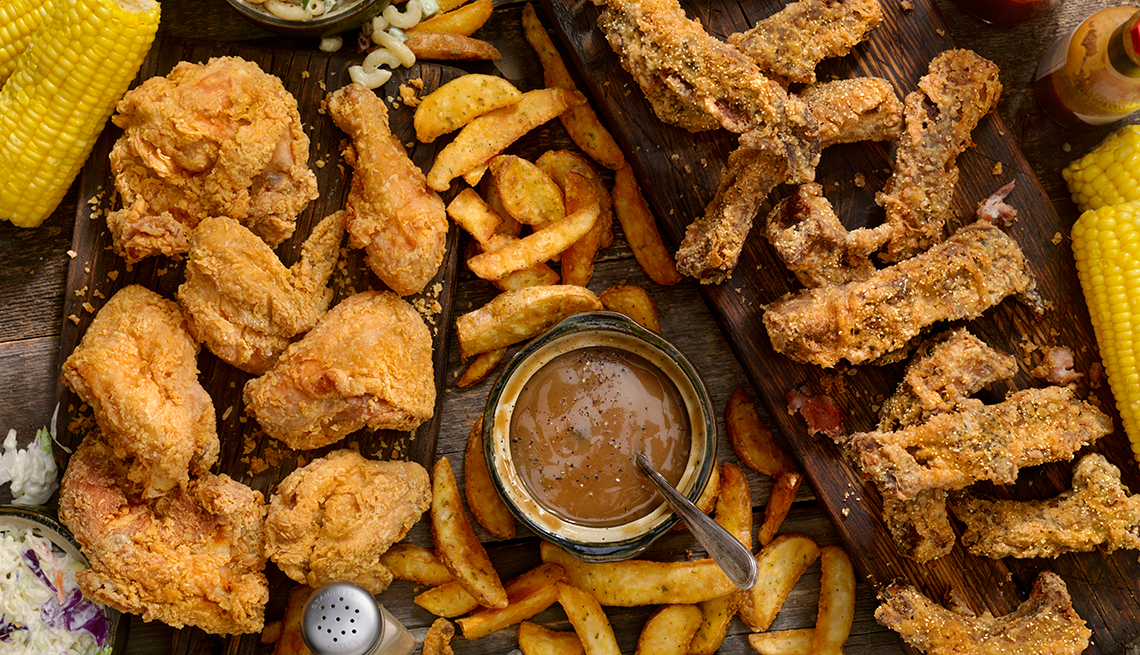 |
| Photo: AARP |
It's not a secret that frying food is unhealthy, but you may wonder why. In addition to influencing taste and texture, frying also affects nutrition, especially the calories and the fat content.
Based on nutrition information from the USDA, a 3.5-ounce baked potato has 93 calories and no fat, while the same serving of french fries made from a fresh potato has 196 calories and 13 grams of fat. Frying potatoes more than doubles the calories and adds a lot of unnecessary fat.
Overweight and obesity are major health issues in the United States, affecting two out of three adults. It may not come as a surprise that frequent consumption of fried foods is associated with a higher risk of overweight and obesity,
according to a February 2013 study published in Nutrition, Metabolism and Cardiovascular Diseases.
But when it comes to your health, the disadvantages of fried food go beyond excess calories and possible weight gain. Results from a large prospective study published in the August 2014 issue of The American Journal of Clinical Nutrition found that frequent consumption of fried food increases the risk of type 2 diabetes and heart disease.
A more recent large prospective study published in the January 2019 online edition of The BMJ found that daily consumption of fried food in premenopausal women increases risk of premature death from all causes, including heart disease and cancer. What does this mean exactly? Eating fried foods regularly can shorten your lifespan.
5. Milk and high-lactose dairy foods
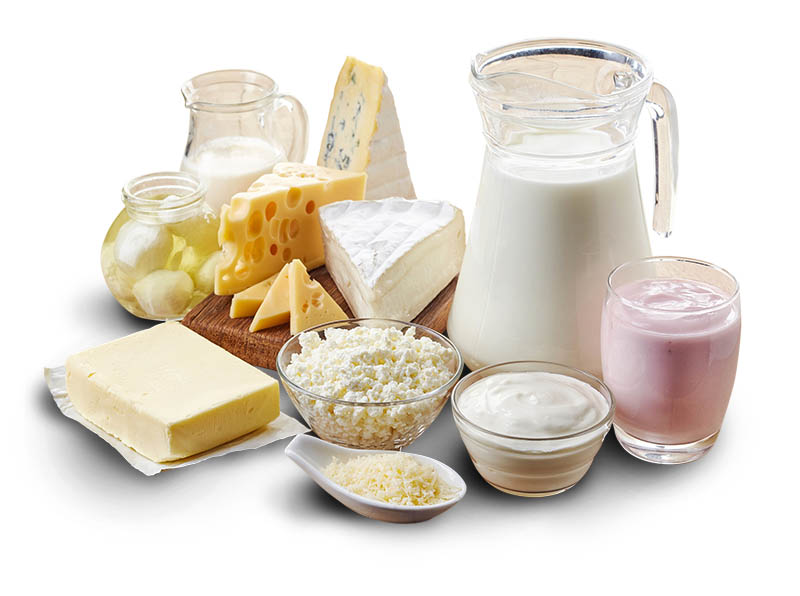 |
| Photo: Sanford Health News |
A key component to keeping your tummy happy is the avoidance of FODMAPs, or rapidly fermentable carbohydrates that can aggravate your gut. Some people aren’t sensitive to any FODMAPs, some experience symptoms after eating only certain ones, and other people develop gradually worsening effects with each exposure. Lactose, found in all animal milks, is the best known FODMAP. Lactose is broken down in the small intestine by an enzyme called lactase. Our bodies produce less lactase as we get older (since its main purpose is to help babies digest breast milk), which means dairy foods that contain lactose can torment our tummies over time even if they didn’t before.
Found in: Milk, regular (non-Greek) yogurt, soft cheeses, dairy-based desserts.
6. Excess fructose (in apples, honey, asparagus)
Foods with a lot of fructose (another FODMAP) compared with glucose can contribute to gas, bloating, and diarrhea. A 2008 study in the Journal of Clinical Gastroenterology found that patients with IBS who followed a non-fructose diet had fewer symptoms.
Found in: Certain fruits (apples, mangoes, watermelons), certain vegetables (asparagus, sugar snap peas), sweeteners (high-fructose corn syrup, agave nectar, honey).
7. Garlic, onions, and high-fiber cousins
The body’s inability to digest a kind of fiber, called fructan, in these foods can cause flatulence. This fiber (another FODMAP) seems to cause more symptoms than some other kinds, but that may simply be because we eat so much of it.
Found in: Grains (barley, wheat), vegetables (artichokes, onions, garlic), legumes (black beans, kidney beans, soybeans), additives (inulin).
8. Natural and artificial sweeteners
 |
| Photo: The Wellthy Magazine |
Sugar alcohols, low-carb sweeteners naturally found in some foods and added to others, are another FODMAP. They don’t easily pass through our cell walls, so gut bacteria digest them, which can cause gas and bloating.
Found in: Some fruits (apples, blackberries, nectarines, peaches, pears, plums), vegetables (cauliflower, mushrooms, snow peas), artificial sweeteners (isomalt, mannitol, polydextrose), sugar-free foods.
What should I eat to lose belly fat?
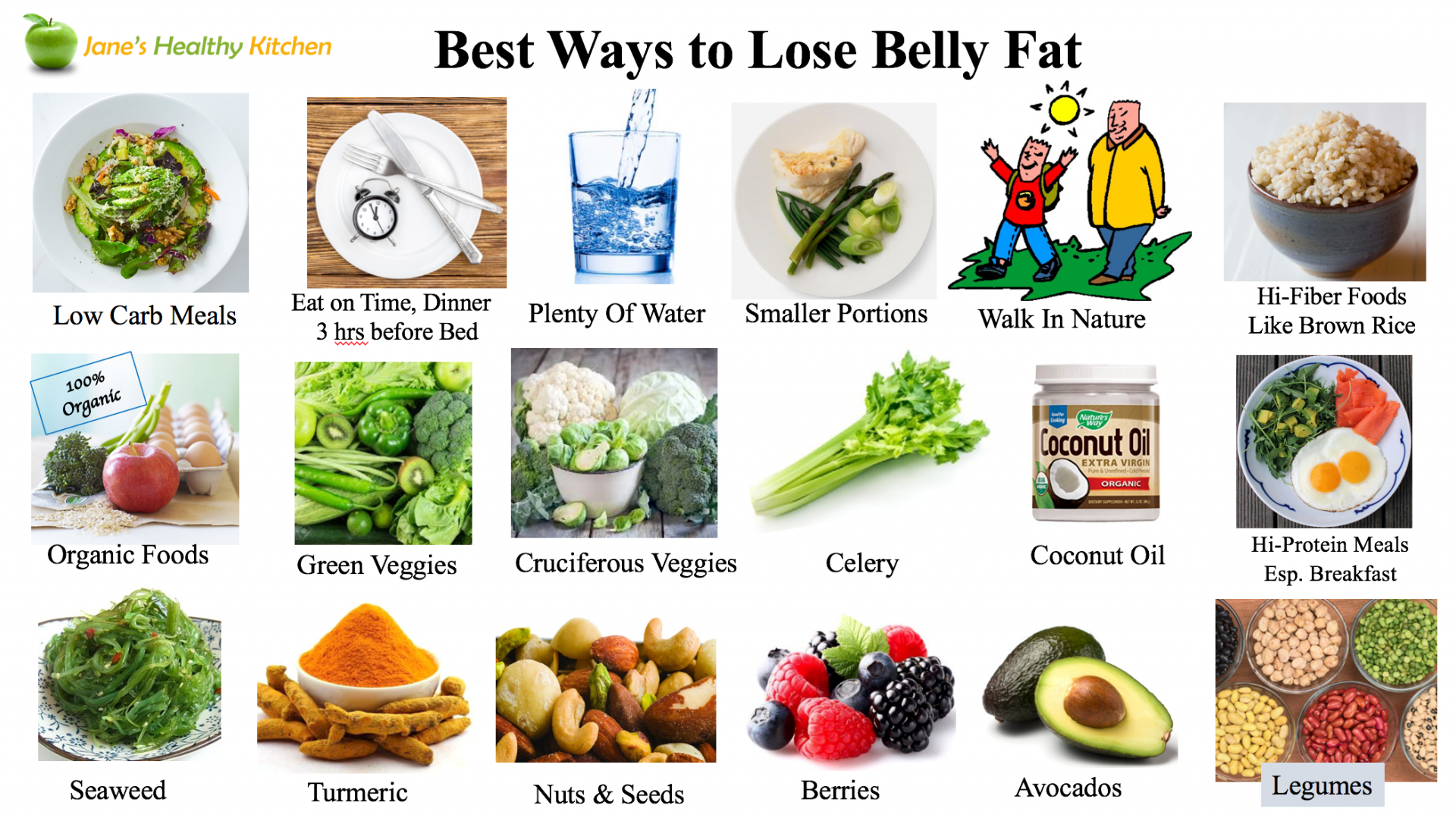 |
| Photo: Janes Healthy Kitchen |
To aid in your weight loss journey, eating the common foods below, coupled with a regular workout routine, can help you lose weight and shed belly fat:
Resveratrol: It can be found in abundance in fruits, peanut butter, and dark chocolate. This slows down fat accumulation in the body.
Red fruits: The deeper the color, the more effective they are at turning off obesity genes. Red fruits, such as apples, can be some of the healthiest foods to eat.
Choline: Researchers believe it turns off the genes for visceral fat gain. This nutrient is commonly found in eggs.
Spices and flavors: Cinnamon and ginger may help reduce swelling and slow down fat genes.
Oatmeal: Oatmeal is a great way to start the day and if it is a little sweet it may satisfy a person’s sweet tooth. Beans, rice, oats, and other fiber can work with the gut bacteria to turn off genes for diabetes.
Extra plant protein: It can be found in soy or split peas or nuts and seeds, such as almonds, pecans, or sunflower seeds. Also, a plant-based protein powder can be added to any smoothie for extra calories.
Lean meat: It can help keep the metabolism high. Lean meats include skinless chicken breast, the white meat part of the turkey, or the lean cuts of beef.
Leafy greens, green tea, and bright vegetables can help reduce swelling and turn off fat-storage genes. Bright, colorful vegetables also add color and crunch to the meal plan. Drinking green tea has also been shown to reduce visceral fat. Green tea is low in calories and contains epigallocatechin gallate (EGCG), which studies indicate that it effectively reduces belly fat.
Following a low-carb diet also means consuming more protein. Studies indicate that a diet rich in high protein foods, such as eggs, fish, seafood, legumes, nuts, meat, and dairy results in overall less abdominal fat, more satiety, and an increased metabolic function.
Adding fiber-rich foods to meals is also a key in keeping off the body fat. Good sources of fiber are foods, such as legumes, oats, psyllium husk, chia seeds as well as vegetables and fruit.
Studies show that strains of the Lactobacillus family can also help reduce abdominal fat. The research indicates that eating yogurt with this strain reduced body fat by three to four percent in six weeks.
Fatty fish rich in omega-3 fatty acids helps reduce visceral fat. Research shows that having two to three servings of salmon, herrings, sardines, mackerel, and anchovies per week can significantly reduce liver and abdominal fat.
Some studies show that drinking apple cider vinegar reduces body fat stores. The best way to take it is with water because undiluted vinegar can erode tooth enamel. It is also recommended to take it first thing in the morning to help flush out toxins and cleanse the liver.
What is the best diet to follow for weight loss?
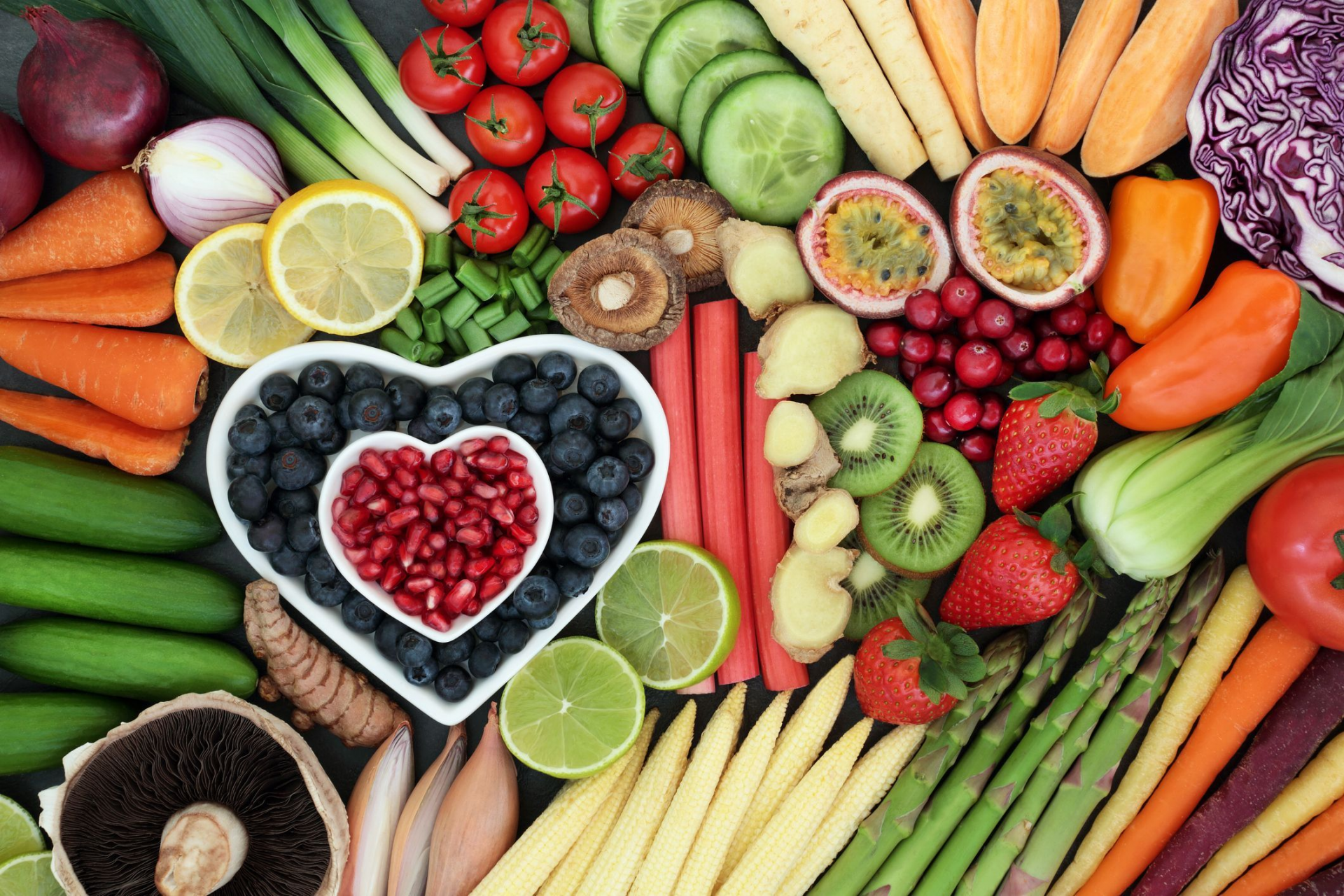 |
| Photo: Woman's Day |
According to research, the Mediterranean diet may aid in weight loss and promote better control of blood glucose (sugar) levels. It also reduces the risk of depression, stroke, and Alzheimer's disease, and levels of inflammation (a risk factor of heart attack). Additionally, there is no need to count calories when following this diet.
The Mediterranean diet focuses on:
- Olive oil, which is rich in healthy omega-3 fatty acids
- Fruits
- Vegetables
- Whole grains
- Fish (at least a couple of times a week)
- Chicken
- Beans
- Nuts
- Legumes
- Flavorful herbs and spices
- Occasional poultry, eggs, red meat, and a glass of wine
- Cheese and yogurt in moderation
Example of Mediterranean diet plan:
- Breakfast: Smoked salmon or a slice of whole-grain toast with half of a mashed avocado.
- Lunch: Gazpacho soup or a spiced lentil salad.
- Dinner: Penne pasta with roasted cherry tomatoes, olives, capers, and pine nuts.
Having a glass of wine in moderation is fine. Poultry, eggs, red meat, cheese, and yogurt may be added to the diet once a week. People should enjoy food and wine in moderation when socializing with friends and family during meals as part of the prescription.
Mediterranean diet is recommended for:
- Short- and long-term weight loss
- Effectively preventing cardiovascular disease
- Effectively preventing diabetes
- Its ease of compliance
- Complete nutrition and calorie intake
- Preventing other health risks
Healthy foods that help burn belly fat1. AvocadosMerely half of one avocado contains 10 grams of healthy mono-saturated fats, which stop the blood sugar spikes that tell your body to store fat around your midsection. Not only do healthy fats in avocado help thwart belly bloat, they also help our bodies better absorb carotenoids, cancer-fighting compounds found in colorful fruits and veggies like tomatoes, carrots, spinach and winter squash. In fact, people who ate salads with avocado had 15 times higher absorption of carotenoids, a study from The Ohio State University at Columbus found. 2. BananasThe fruit packs 422 milligrams of potassium, a mineral that can help limit the amount of belly swelling sodium in your body. 3. YogurtA cup encourages the growth of good bacteria in your gut, throwing out other bugs that can cause bloating. Creamy Greek yogurt is yummy, but it's also much more than that: Its combo of carbs and protein help stabilize insulin, a hormone that tells your body to store calories as fat when levels get too high. 4. BerriesAntioxidants can improve blood flow, delivering more oxygen to muscles -- so ab revealing cardio is easier. Have some yogurt and berries before your workout to get those muscles ready for action. 5. Chocolate Skim MilkA glass teams carbohydrates with protein to promote muscle building. Drink POST workout to speed recovery. Plus, you are getting that calcium to make your bones stronger. Chocolate milk is not just for kids! 6. Green TeaThree cups daily may rev up your metabolism and burn 30 calories, a study in Medicine & Science in Sports & Exercise shows. The compound ECGC in the tea makes it easier to burn fat. 7. CitrusSupermarket shocker: Vitamin C in colorful produce, like oranges and red peppers can help you zap up to 30 percent more fat during exercise, research from Arizona State University at Mesa suggests. 8. Whole GrainsCarb lovers, Rejoice! The filling fiber in foods like oatmeal, brown rice, and bulgur aids in keeping your body's insulin levels low. Researchers speculate this may shrink fat cells. Your body absorbs and burns these more slowly for longer-lasting energy than the refined carbs in white bread and rice. |
 Top 10 Most Expensive Foods Infused With Gold In The World Top 10 Most Expensive Foods Infused With Gold In The World Edible gold has been known since the 16th century and is used to decorate foods and drinks. Check out the 10 most expensive foods that ... |
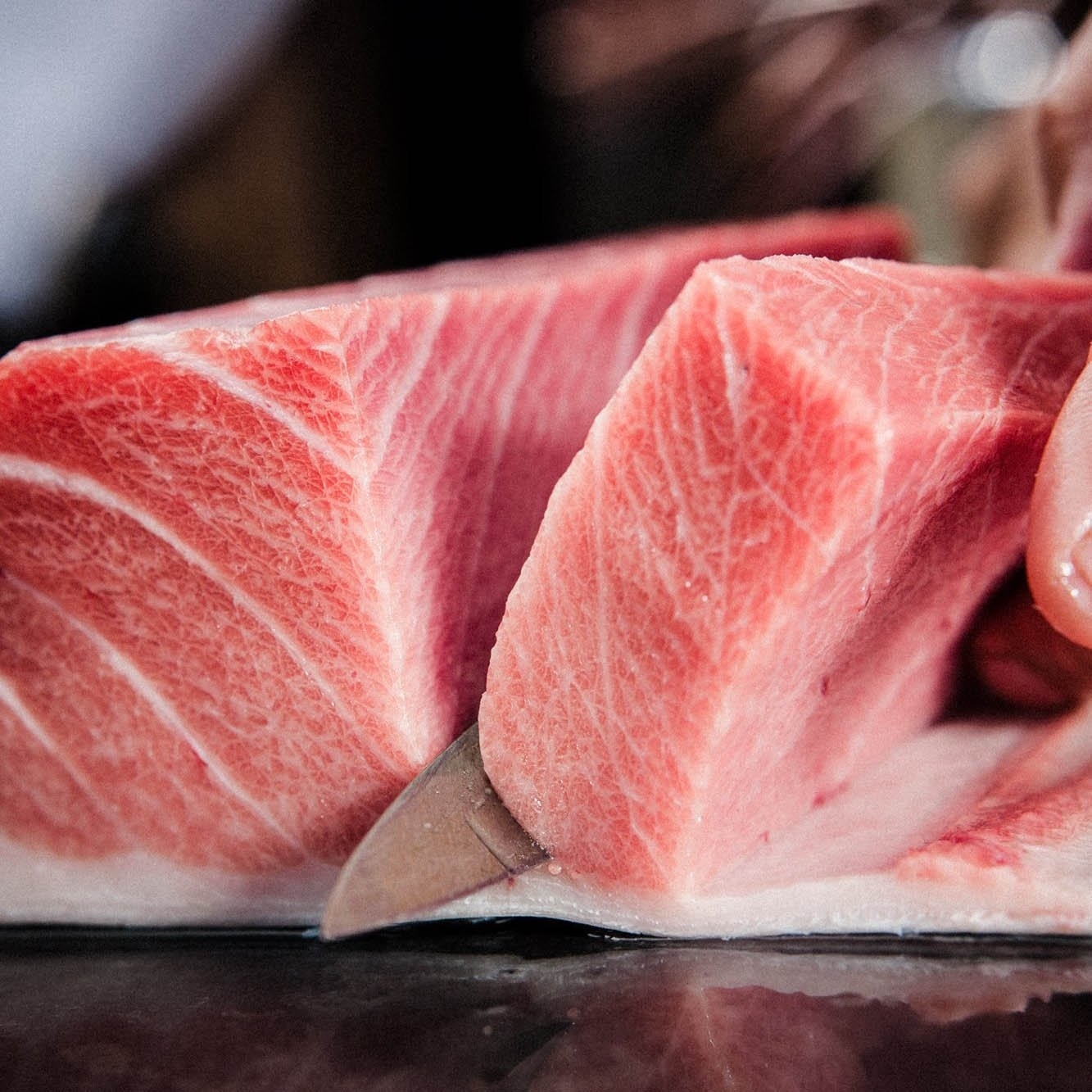 Top 10 Most Expensive Foods And Spices In The World Top 10 Most Expensive Foods And Spices In The World Have you ever wondered what the most expensive foods and spices on earth are? Let’s read on to see whether you can afford them or ... |
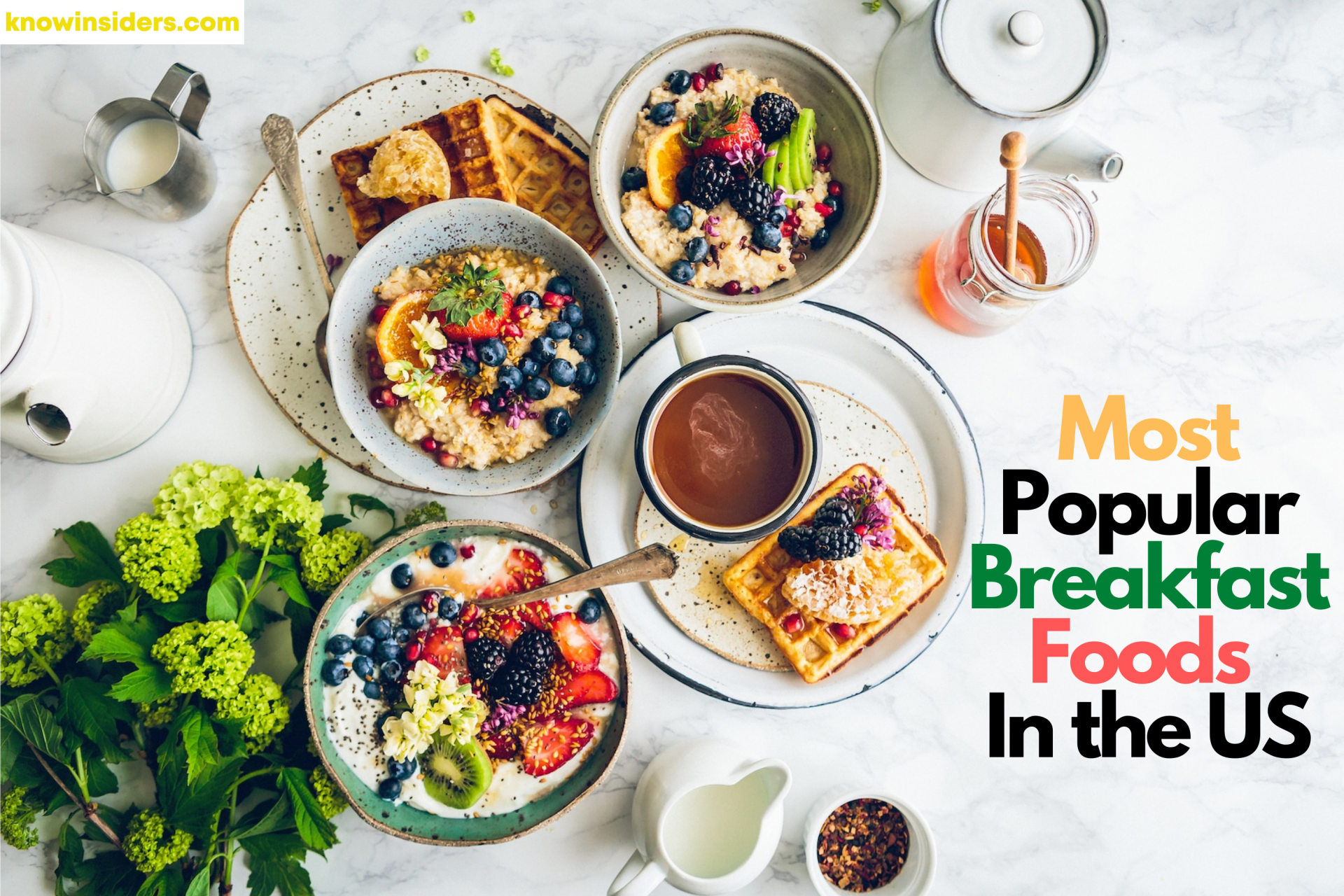 Top 9 Most Popular Breakfast Foods in USA Top 9 Most Popular Breakfast Foods in USA Which breakfast foods really are the best of the best in the US? We have a list of the ... |
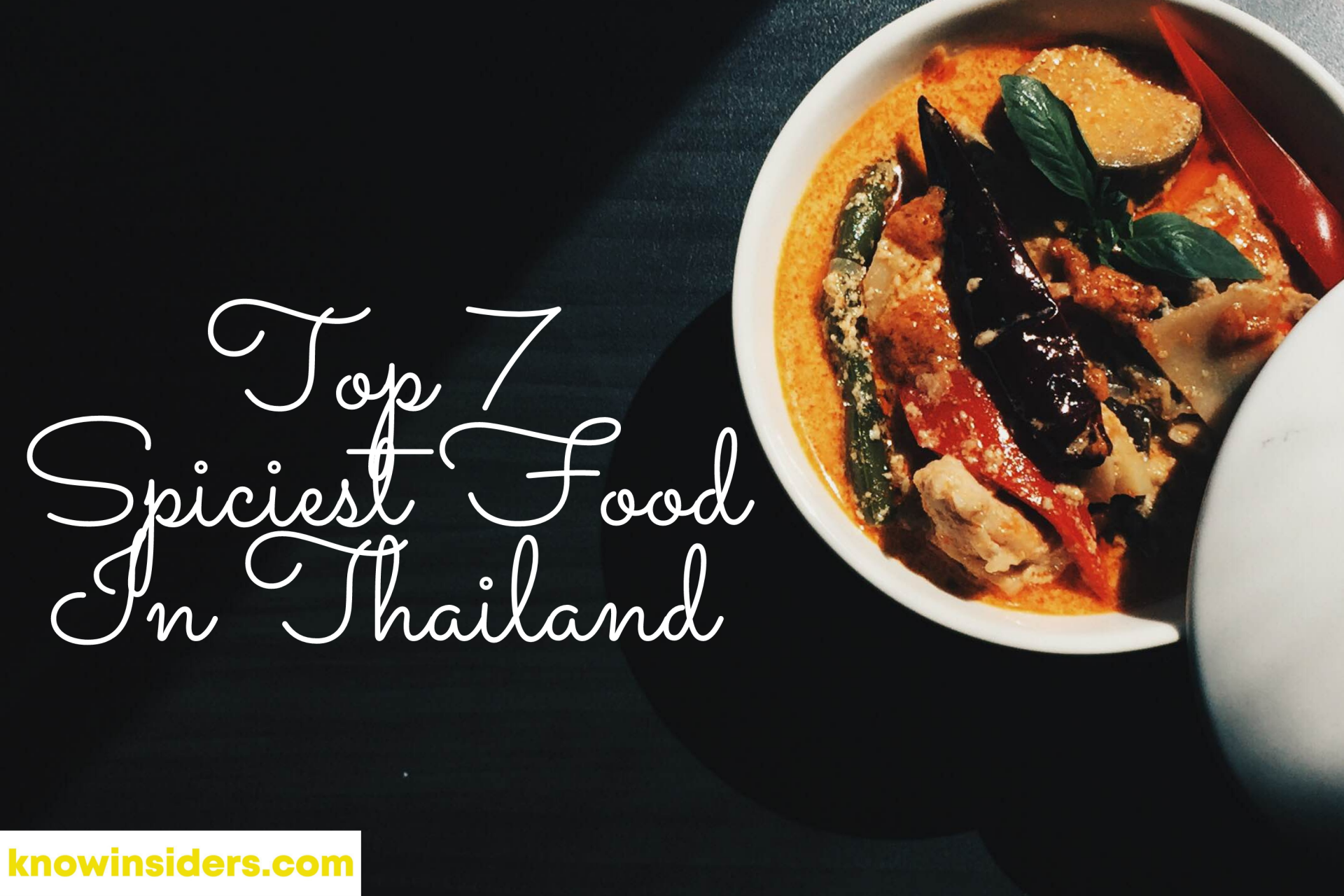 Top 7 Spiciest Foods in Thailand Top 7 Spiciest Foods in Thailand If you have ever tried Thai food, one of the words to describe it must be: SPICEY. Which one is the spiciest have you tried ... |


























